For millions of guests over the (almost!) last five decades, the most memorable part of their Walt Disney World vacation is their arrival at Magic Kingdom. There is something undoubtedly magical about seeing Cinderella Castle rising above Main Street for the first time, whether you’re looking through a monorail window or tipping your head over the side of a watercraft on Seven Seas Lagoon.

Today we’ll be delving into why Disney took this approach to the Magic Kingdom and how the TTC has evolved since 1971.
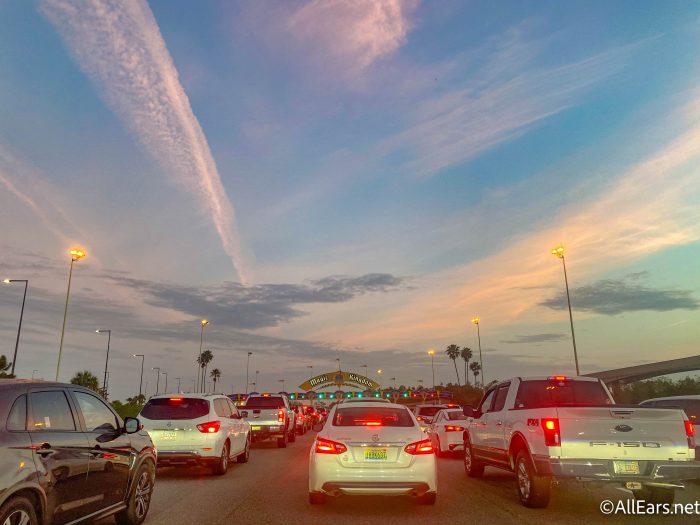
To understand why the Transportation and Ticket Center exists at Walt Disney World, we have to first travel about 2,500 miles across the country to Disneyland. When Walt Disney first chose the location of his theme park, the land he purchased was surrounded by nothing but Anaheim orange groves. Disney bought as much land as he could afford for his park and its parking lots, but it would prove to be nowhere enough. (Disneyland has, in the current era, built parking structures to maximize space for guests.)

Upon Disneyland’s 1955 opening, the park was a massive success. However, an unforeseen side effect of the Happiest Place on Earth’s smashing debut was the fact that the land around the park was snapped up quickly by various business interests. Over the course of Disneyland’s first decade, the park became increasingly surrounded by hotels, motels, stores, and other tourist traps, much to Walt’s consternation. The development bothered Walt so much that buying enough land to completely control everything around Disney’s development was a core part of the Florida Project/E.P.C.O.T. from the start of planning.
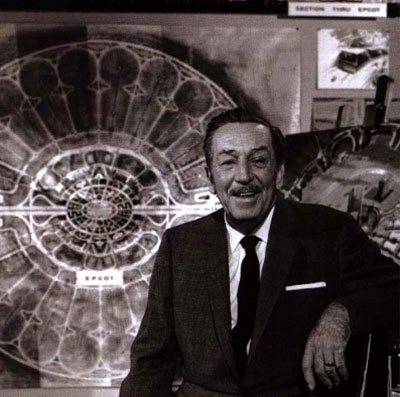
The TTC, situated more than a mile away from the Magic Kingdom, allows Disney to control exactly how guests arrive at the park. Visitors arriving by car park at the TTC, purchase tickets if they need, then board either a monorail or ferry boat for their journey to the park. With this structure, Imagineers were able to set everything from the sight-lines guests saw to the soundtrack they heard, crafting a movie-like experience that left the real world behind. Plus, the distance between the park and its parking lots meant that the Magic Kingdom could be surrounded by themed hotels, beautifully-pruned foliage, and the aforementioned lagoon, as opposed to miles and miles of asphalt parking lots.
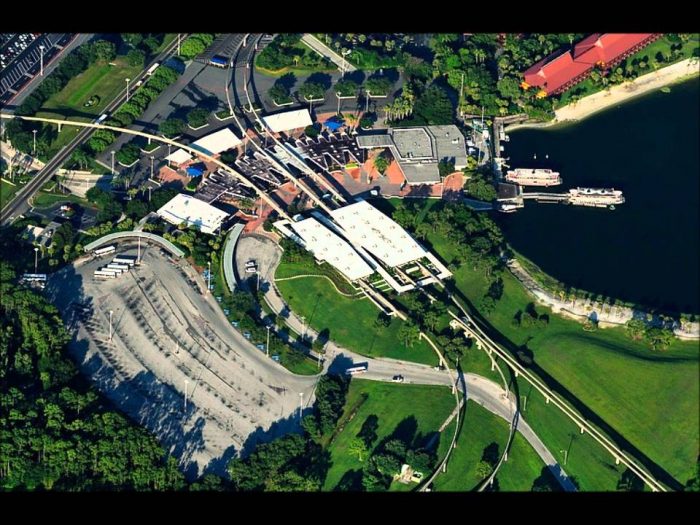
Given the importance of the TTC, it should come as no surprise that it it was one of the most important places in Walt Disney World upon the Vacation Kingdom’s opening in October of 1971. For the first several years Disney World’s existence, the TTC was the central artery of the resort’s transportation, with nearly every guest (outside of those staying at the Polynesian Village or Contemporary Resorts, which had their own dedicated monorail route stops) who passed the Magic Kingdom’s turnstiles beginning and ending their Disney day at the TTC.

The Transportation and Ticket Center became even more important to Walt Disney World’s infrastructure with the 1982 opening of EPCOT Center. While the new park did have its own parking lot, the Walt Disney World Monorail was extended, with a newly constructed line connecting EPCOT with the TTC. This not only linked EPCOT to Magic Kingdom and its greater resort area, it also gave EPCOT its iconic in-park monorail.

Transportation at Walt Disney World began to change in the late 1980s, as the Walt Disney Company (under the then-new leadership of Michael Eisner and Frank Wells) began rapidly expanding the number of resorts on property. While guests driving to Magic Kingdom were still required to use the TTC, eventually the ever-expanding number of guests staying at these new hotels were able to travel directly to the Magic Kingdom via a newly contracted bus loop close to the parks entrance plaza, likely much to the chagrin of some of the area’s original designers.

While the TTC – which last received a major refurbishment in the 1990s – may not be quite as important to Walt Disney World’s transportation apparatus as it used to be, thanks to the aforementioned bus loops as well as new modes of transportation like the Skyliner, it’s still a heavily trafficked part of Disney World and an iconic experience for visitors.
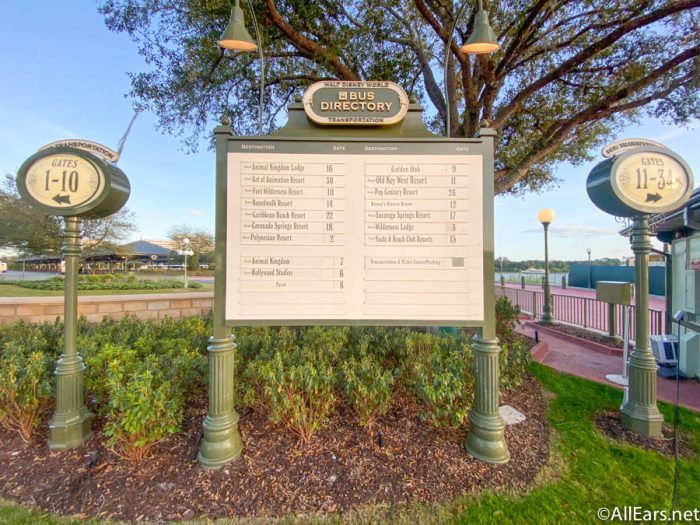
In fact, as Uber, Lyft, and other ride-sharing services have become a big part of many guests’ Disney World experiences, the TTC has arguably become a more important part of the resort than it’s been in decades as it serves as the drop off point for those services when delivering guests to the Magic Kingdom. This has caused consternation for some guests, who question why a ride share drop off point can’t be built near the bus loop, eliminating the TTC from their trip entirely. But for fans of Disney-provided transportation, the TTC and its monorails will always remain a must-do Disney experience.
Turn the pages of Disney history at the links below!
- RARE EVENT ALERT! You Can Now Go INSIDE Disney Animation Studios
- How Disney Parks Have Gone from Theatrical to Practical
- Mark Your Calendars for This Exclusive (And FREE!) Disney Event
- No, Walt Disney Didn’t Say “If You Can Dream It, You Can Do It”
- The Disney Fast Food Restaurant That Could’ve Been
- You’ll Never Be Able to Ace This Quiz on Obscure Walt Disney Facts. But We Dare You to Try!
- The Astounding Disney Career of Tony Baxter: From Ice Cream Scooper to Imagineering Icon
What are your thoughts on the Transportation and Ticket Center? Do you wish it still served as Walt Disney World’s mains transit hub, or do you feel the era of ride-sharing should lead to a total rethink of how guests arrive at the Magic Kingdom? Let us know in the comments below.



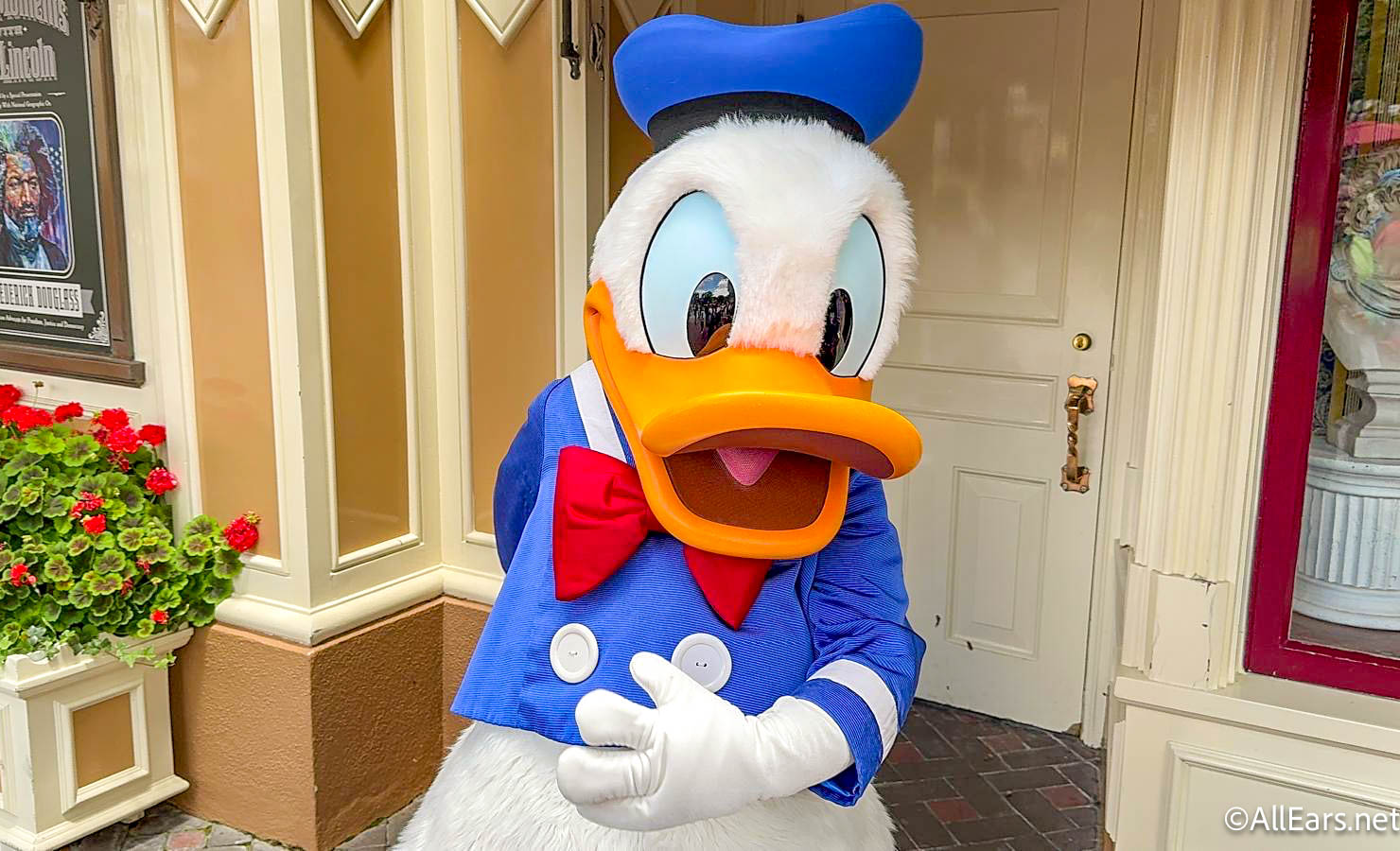
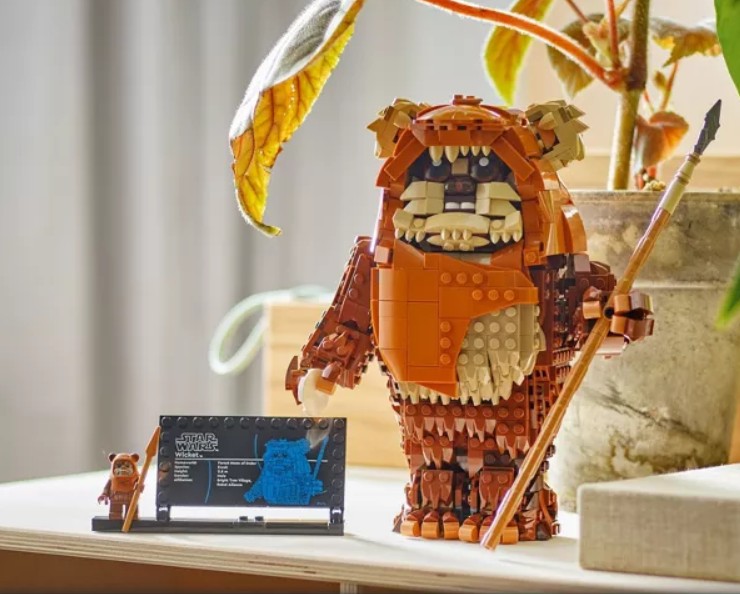



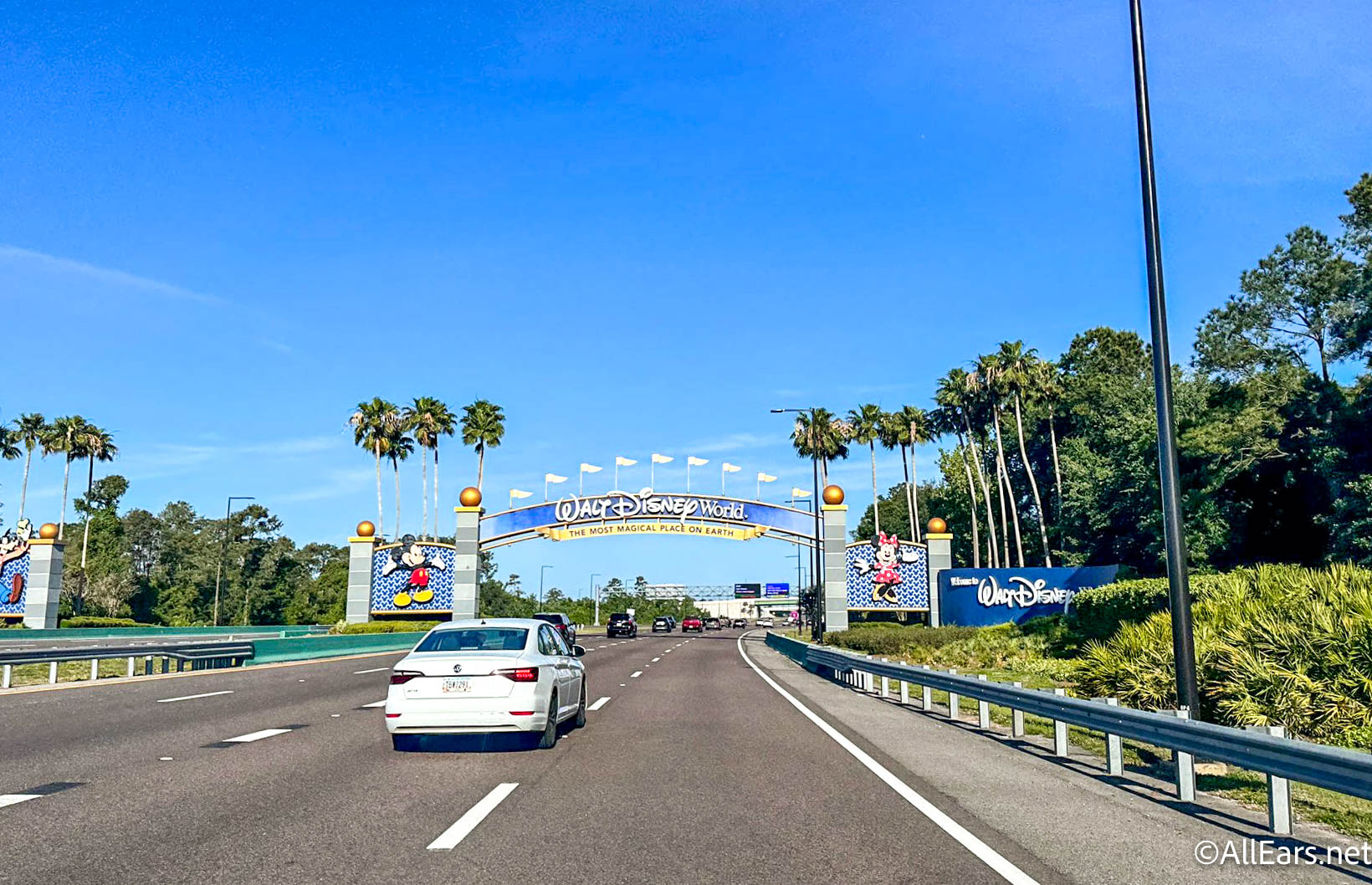

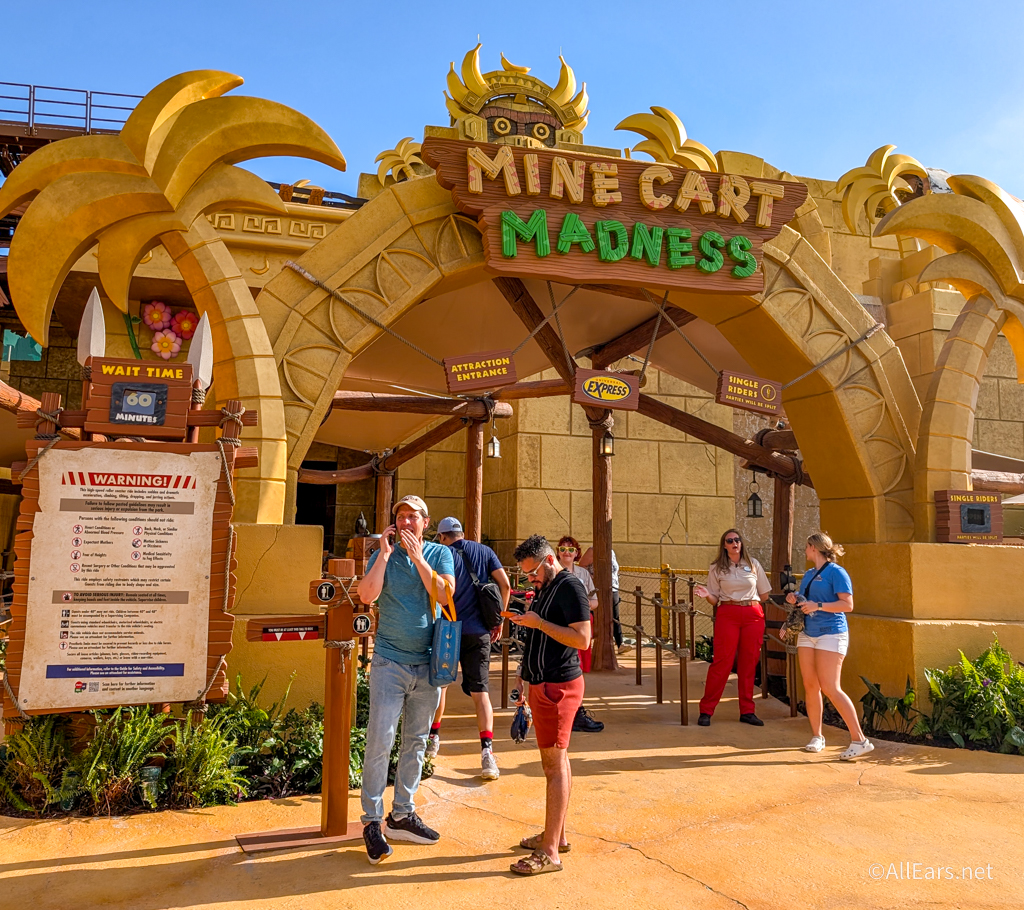

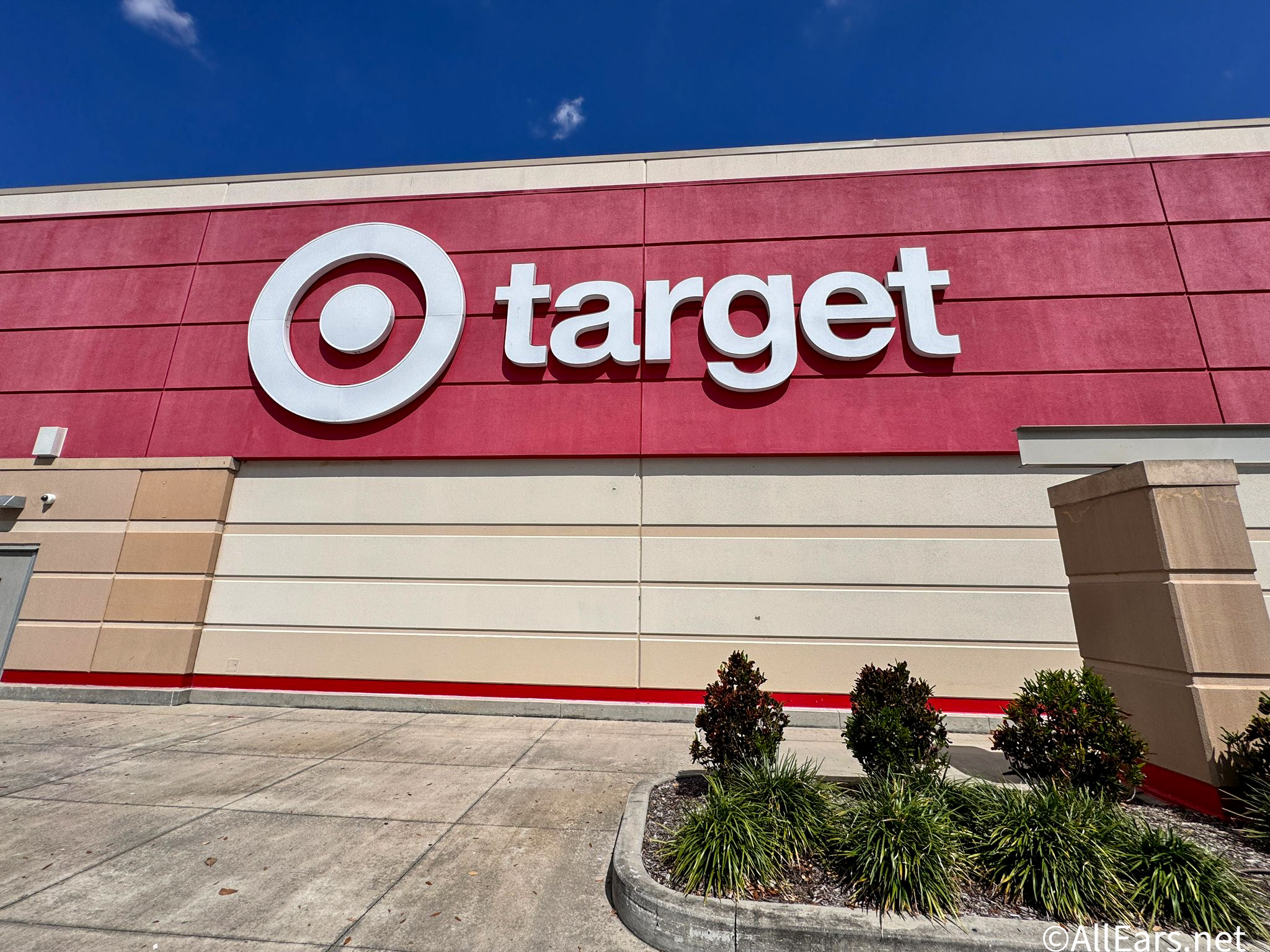



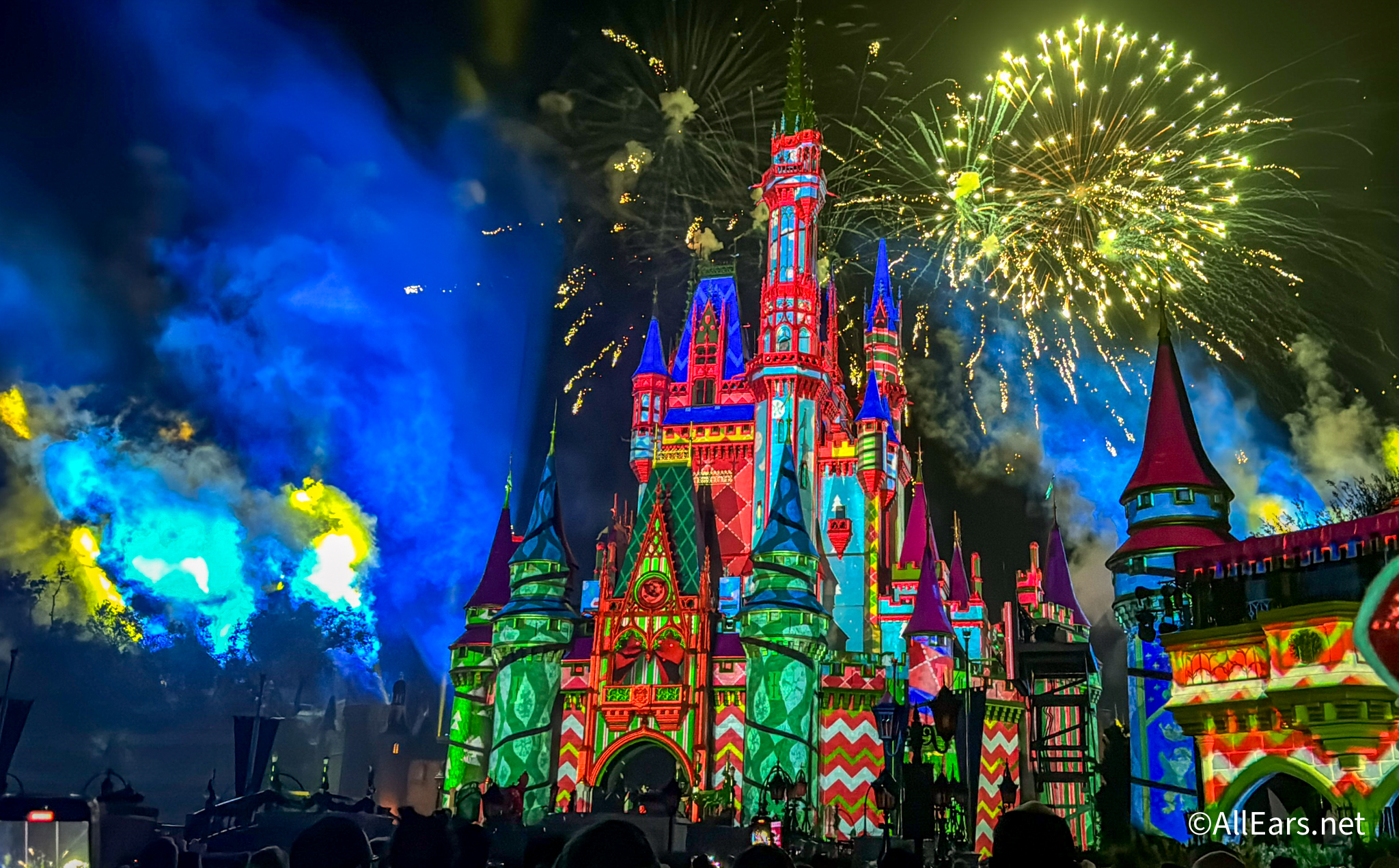
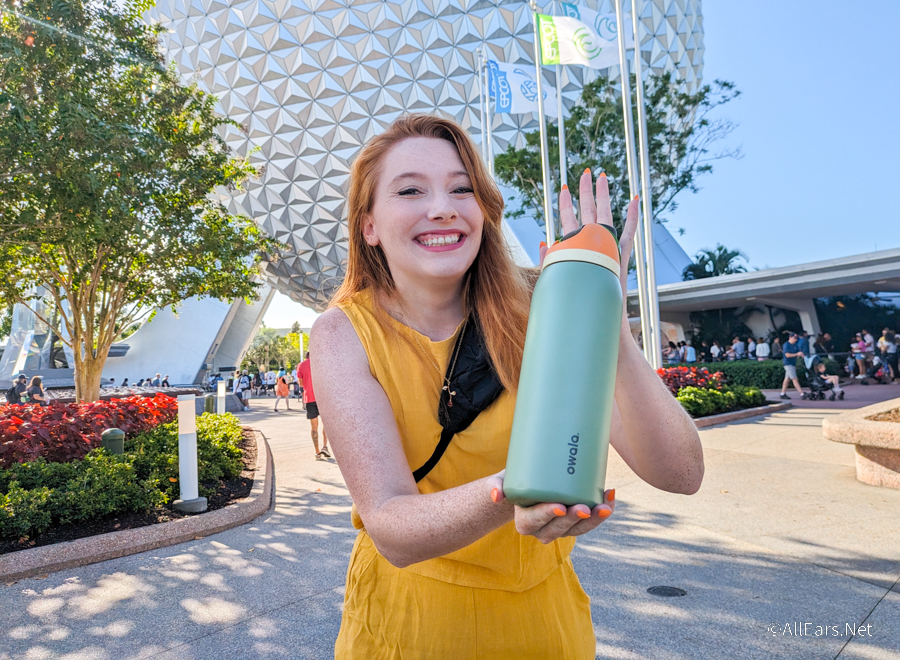
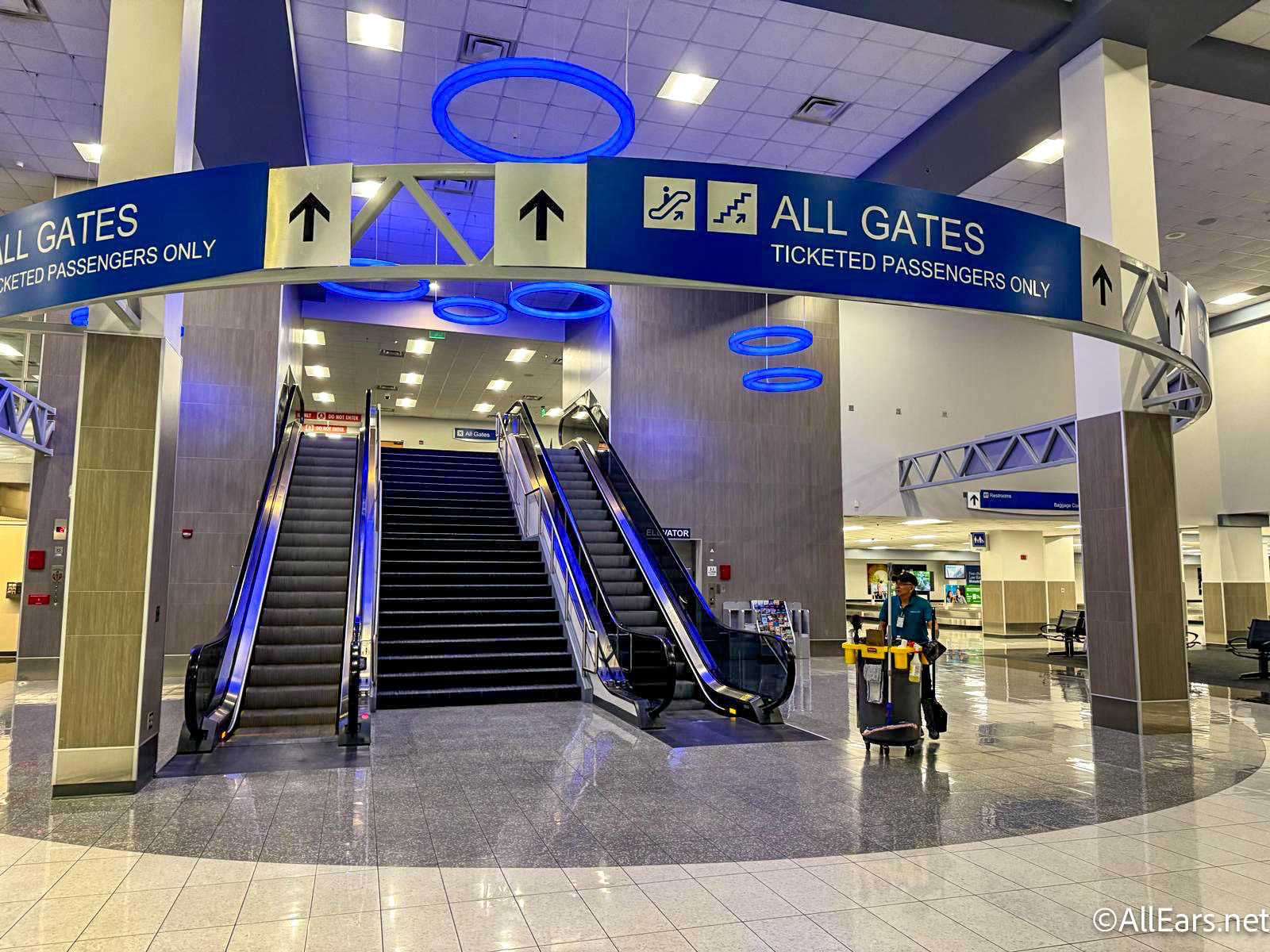
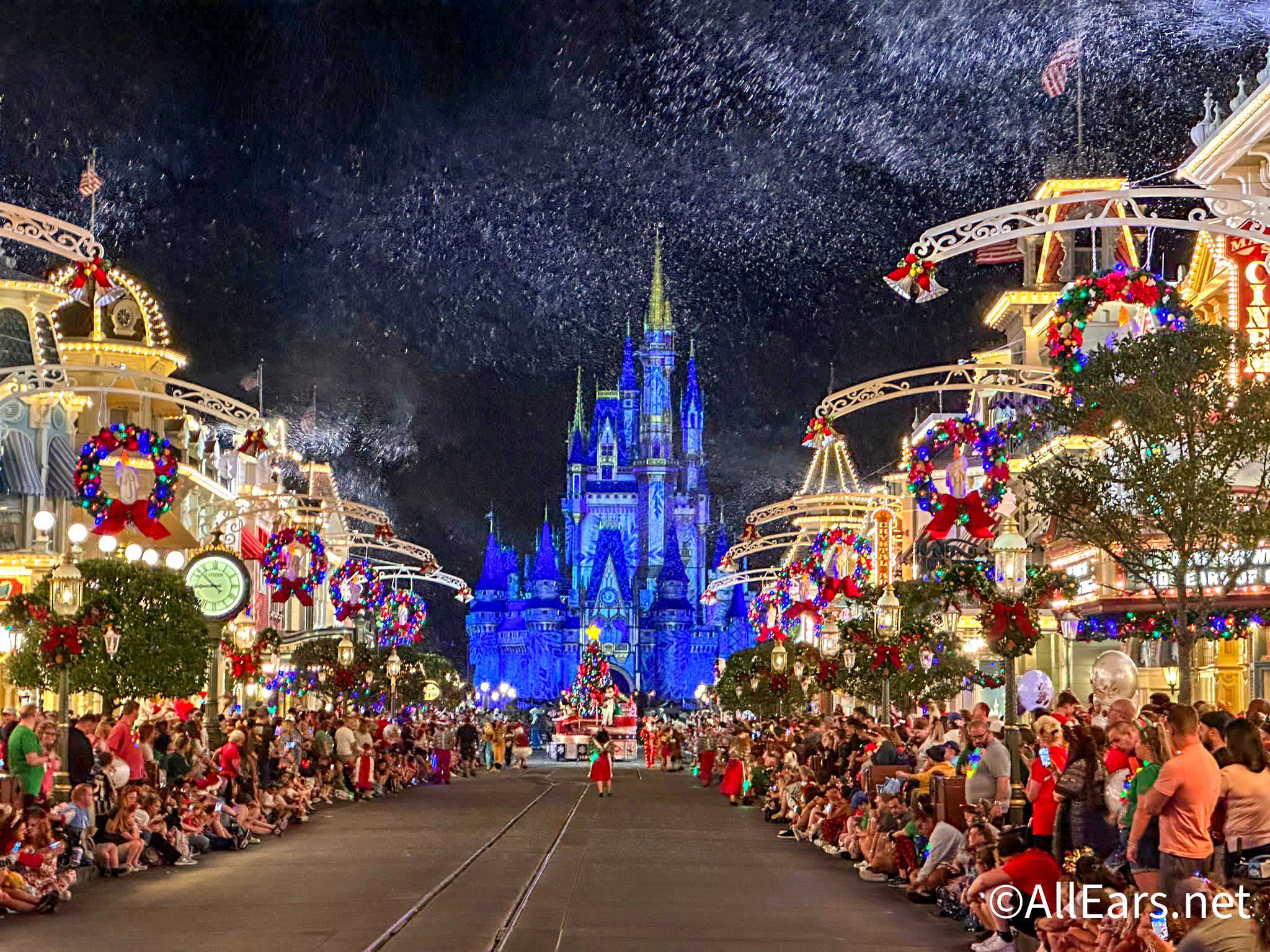


They didn’t repeat this approach for their other parks for good reason. It’s expensive and time consuming to transport guests to MK. As Monica says, it adds about and hour to and from the park for those who drive or come from off property. That’s just not worth it for immersion. There’s more than enough suitable and marginally suitable land to the west of MK to build a large parking structure(s). They have experience with them from DL and DS. They can re-route and/or combine World Drive and Floridian Way. Build a new toll plaza. Put moving walkways to the entrance like Universal’s structure. They also don’t seem to mind large buildings that mess up sight lines so long as they’re painted blue. It would be partially hidden in the park anyways since the park is elevated.
A parking structure would allow them to discontinue ferry service and trams. They wouldn’t need as much staff. It would pay for itself in no time and guests would be pleased with the tremendous amount of time they would save. They could then redevelop the old lot and the old part of World Drive along with the nearby suitable land. This is a lot of land. This of course would probably be the end of the Epcot monorail line and then the TTC itself would serve no purpose and could be replaced with more Polynesian DVC or another resort. They wouldn’t need the express line any longer either and the resort line wait would be shorter without people who chose it at TTC instead of the express monorail. They could then consolidate the old monorails and their parts to just a few for the resort line… but who am I kidding they would probably just get rid of that too. The longer we go without new monorails the more inevitable “no monorail” becomes. Guests in the monorail hotels will continue to pay a premium without them… just as they’ve been doing those times it doesn’t operate. This all makes so much sense in the context of how the company is currently run that I’ll be surprised if they don’t do any of this.
The decision to not bring back the trams when the Parks returned to normal attendance is shameful. The Magic Kingdom was designed for little kids with little legs and to walk so far before even entering is sad. If you’re cramming people into indoor rides, why are they concerned about germs in an outside space. It’s all about saving money. As a stockholder and Disney enthusiast this makes me unhappy.
TTC is the worst thing about Disney, hands down! I love MK, but it takes practically an extra hour to get to and from that park with having to deal with TTC (not even counting the post-fireworks rush crowds). Being a local I drive my car to each park anyway and never use Disney transportation. I wish they would build a foot bridge over the lagoon or just fill it up and build a parking lot!
Just wish it was better themed
Overcrowded pushing and shoving match. Pnase II of Skyliner should be at this site. Using both it and the trains.
After all Disney itself, are the ones pushing Uber and Lyft on their guests. Just a way to hassle non resort guests and make them regret staying off site.
Talk about an outdated ride ! This one should have been gone years ago……
The TTC should serve as the main transportation hub for all of the major parks.
I think they need to bring back the bus stops at the TTC for Disney Springs, Animal Kingdom and Hollywood Studios by cutting out the bus stops to them for the monorail resorts. That way, the TTC can be livelier again. On the same topic, just drop the bus stops going to EPCOT and Hollywood Studios for the skyliner resorts.
The TTC should remain as the only entrance into the park.
yep NO cars near the park..
We bought points for DVC’s Bay Lake Tower when it opened, so we can just do the 7 minute walk to the Magic Kingdom entry gates. TTC is just an ancient memory.